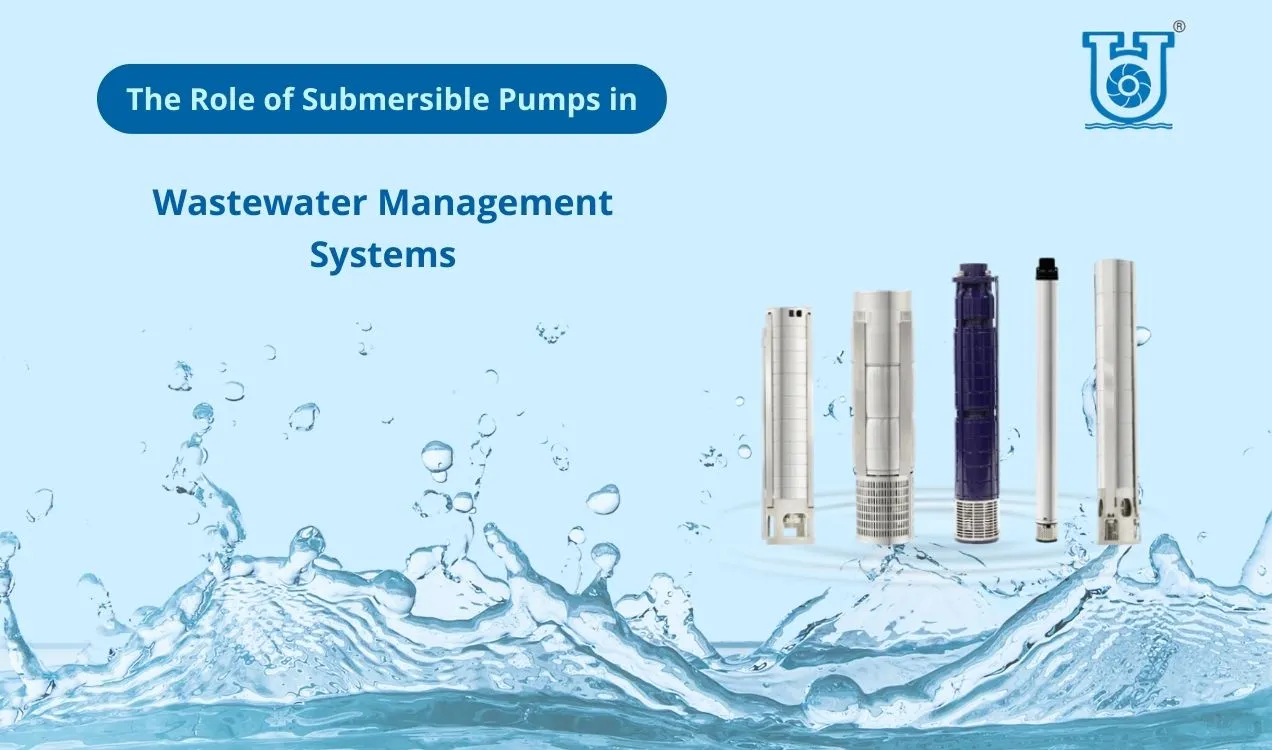Wastewater management is a critical component of contemporary urban infrastructure, ensuring the effective and safe disposal of industrial effluents, sewage, and other liquid wastes. At the heart of these systems are submersible pumps, which play a crucial role in the collection, processing, and disposal of waste. This article delves into the science and mechanics of submersible pumps, highlighting their importance and usefulness in wastewater treatment.
Understanding Submersible Pumps
Submersible pumps are designed to operate fully immersed in water or other liquids, typically installed in tanks, pits, or submerged environments to move liquids from one place to another. Their distinctive waterproof construction protects internal components—like the motor—from the corrosive and abrasive properties of wastewater. Durability and resistance to severe conditions make materials like stainless steel common in their construction.
The Role of Submersible Pumps in Wastewater Treatment
Submersible pumps are essential at several stages of the wastewater treatment process:
- Collection: These pumps gather industrial, commercial, and residential wastewater, effectively transporting it to treatment facilities.
- Treatment: They facilitate the movement of wastewater through various treatment stages, including aeration, disinfection, and sedimentation, ensuring the removal of impurities and purification of the water.
- Disposal: Post-treatment, submersible pumps transfer treated wastewater to approved disposal systems, such as rivers, lakes, or irrigation systems, ensuring it is safely reintegrated into the environment.
- Sludge Management: Submersible pumps handle the transportation of sludge, a by product of wastewater treatment, to treatment or disposal facilities, ensuring it does not pose environmental risks.
Key Specifications of Submersible Pumps for Wastewater Treatment
Submersible pumps used in wastewater management feature several characteristics designed to handle the unique challenges of their environment:
- Corrosion and abrasion Resistance: A lot of the time, wastewater includes very corrosive and abrasive substances and suspended particles. Submersible pumps are therefore built of materials like stainless steel that can endure these severe environments, guaranteeing durability and dependable performance.
- Capability for Handling Solids: Organic matter, rags, and trash are among the solid components that wastewater often contains. Smooth and effective functioning is maintained by the impellers and casings of submersible pumps being designed to handle these solids without clogging.
- Automatic Level Control: Float switches or other automatic level control devices are included with many submersible pumps. By enabling the pumps to start and stop depending on the liquid level in the tank or pit, these features improve operating efficiency and lessen the need for human involvement.
- Explosion-Proof Design: Explosive gases are a possibility in several settings, like sewage treatment facilities. These locations employ submersible pumps, which are engineered to be explosion-proof to provide safe operation even in perhaps dangerous circumstances.
- Energy Efficiency Submersible pumps are designed to be energy-efficient as wastewater treatment systems may be somewhat energy-intensive. Consuming less energy while maintaining excellent performance, lowers running expenses and has the least possible environmental effect.
Features of Submersible Pumps in Wastewater Treatment
Incorporating submersible pumps in wastewater treatment systems offers several benefits:
- Reliability: The purpose of submersible pumps is to lower the possibility of system malfunctions and the ensuing downtime by operating in submerged conditions. It’s strong structure guarantees constant performance even under difficult circumstances.
- Flexibility: Tanks, pits, and cramped areas are just a few of the places where these pumps may be placed. Their flexibility allows them to be used in a variety of wastewater management system applications.
- Low Maintenance: Compared to standard above-ground pumps, submersible pumps need less maintenance since they are less vulnerable to the weather. This feature contributes to lessening maintenance expenses and work.
- Enhanced Safety: Submersible pumps improve safety by doing away with the necessity for workers to go into cramped areas like pits or tanks. This lowers the possibility of exposure to dangerous materials, therefore preserving the health and safety of the maintenance staff.
- Cost-Effective: The trustworthiness and efficacy of submersible pumps help to reduce expenses overall. Large wastewater volumes handled with less maintenance needs lead to reduced operating expenses for wastewater treatment plants.
Advanced Uses and New Developments
Continuous technological advancements have led to improved performance and new applications for submersible pumps in wastewater treatment:
- Smart Pumps: Real-time monitoring of many parameters, including flow rate, pressure, and liquid levels, is made possible by the combination of sensors and smart technology in submersible pumps. Utilising this information, pump operation may be optimized, energy usage can be lowered, and maintenance requirements can be forecasted.
- Better Materials: New metals and coatings with even higher resistance to abrasion and corrosion have been developed as a result of materials science research. These improvements improve submersible pump dependability under demanding conditions and lengthen their life.
- Better Solids Handling: Submersible pumps can now handle bigger and more diverse solids without clogging because to developments in impeller design. With so much trash and non-biodegradable elements in city wastewater systems, this skill is very crucial.
- Energy-Efficient Motors: More energy-efficient submersible pumps are the outcome of advancements in motor technology. With their reduced power consumption and equal performance, these motors lessen the environmental impact of wastewater management activities.
Conclusion
Submersible pumps are vital to the effective management of wastewater systems. Their ability to handle solids, operate in submerged conditions, and maintain consistent performance under challenging circumstances is crucial for the smooth operation of wastewater infrastructure. By understanding their role and ensuring proper maintenance, municipalities, industries, and other stakeholders can ensure the safe and sustainable disposal of liquid waste, protecting both the environment and public health.
In summary, strategically employing submersible pumps in wastewater management offers numerous benefits for operations, finances, and the environment. Their ongoing evolution and integration of advanced technologies promise to further enhance the efficiency and sustainability of wastewater treatment and disposal processes. As such, submersible pumps will continue to be a cornerstone of wastewater treatment, contributing to the goals of preserving environmental integrity and public health.


